Turinys
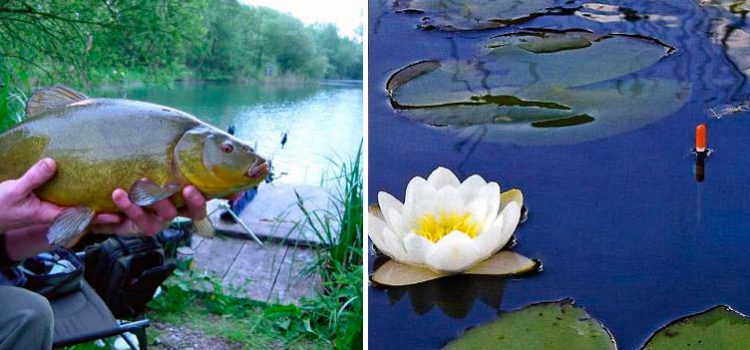
Lynas – a rather interesting fish, although it is quite rare in our time. Most likely, this is due to the fact that the reservoirs are gradually overgrown, and they are not suitable for the habitat of this fish. Tench prefers water bodies with moderate vegetation, but having a depth of about 0,5-0,8 meters. Therefore, in suitable reservoirs for tench, you can try to catch it at such depths that are at a distance from the coast within 4-10 meters.
At present, it will take a lot of effort to find a reservoir with tench. It is well caught in ponds or lakes, where it prevails over other types of peaceful fish, such as carp, crucian carp, etc. Lin used to be considered royal fish and therefore it can be a worthy trophy for an ordinary float rod lover.
Kovoti
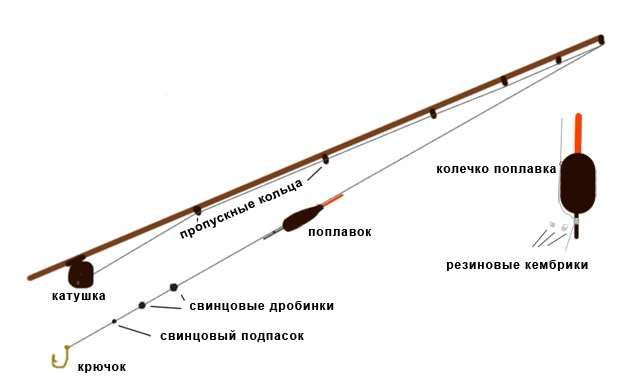
strypas
Tackle for catching tench must meet certain requirements. This is, as a rule, a rod, from Nuo 4 metrų iki 7 metrų, and quite strong, since the tench weighing 0,5 kg is able to strongly resist. The tip of the rod should be soft, able to bend 180 degrees. If the tip of the rod is stiff, then you need to ensure that it does not bend too much when playing the fish, otherwise breakage is possible.
ritė
It is not necessary to supply an ordinary fly rod with a reel, especially without inertia, since it makes the tackle much heavier. It is possible to use a small inertial reel only to store a supply of fishing line on it. It can even be a rod that does not have guide rings. Coils are not installed on such blanks.
Žvejybos valas
Santrauka
Monofilament can be used as fishing line, as well as a fluorocarbon leash. The thickness of the fishing line is selected depending on its quality and can have a diameter of 0,25 mm to 0,3 mm. A good result can be expected from foreign-made fishing line, which has better indicators of line thickness and different loads, unlike domestic ones.
Išvykti
As a leash, you can use a piece of ordinary monofilament fishing line or fluorocarbon. The diameter of the lead line should be less, somewhere around 0,05 mm. At the same time, fluorocarbon line has a lower breaking load, and this property should be taken into account when choosing a leash.
Technologinė įranga
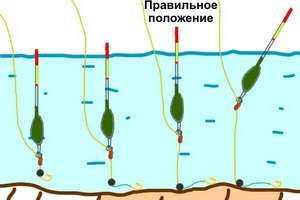 This may be standard equipment, without any innovations.
This may be standard equipment, without any innovations.
The float is attached first with a rubber cambric and a ring.
Lead pellets are used as a load, while one, the smallest, is located at a distance of 20-30 cm from the hook.
The length of the leash can be in the range of 20-30 cm, but not less. Since tench is a rather cautious fish, it is better to make it from fluorocarbon.
It is desirable that the hook is very sharp and not very large. Hooks No. 14.. No. 16 (according to the international scale) are just right for catching tench.
Vietos žvejybai pasirinkimas
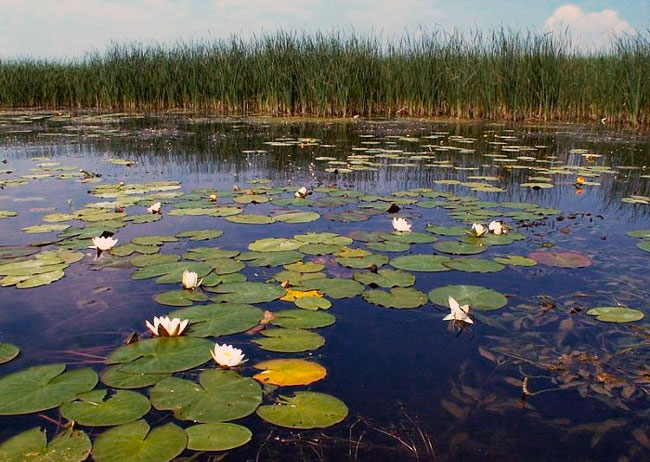
Need to look for shallow places (up to 1 meter deep, ideally up to 0.7 m). It’s great if there are places on the pond covered with water lilies. On summer days tench likes to rest and look for food in such places.
There is no need to cast far. Cast beyond the vegetation separation zone with open water. So you will quickly attract the attention of fish, which is very close.
Atvilioti
When fishing for tench, as with catching other types of fish, it is necessary to prepare bait or use baits with the smell of ordinary worms bought in an angler’s store. If the bait is prepared independently, then the main condition is that it contains maggots or chopped worms. Steamed corn will not hurt, but not in large quantities. It is advisable to throw the bait very accurately and not in large quantities. To do this, you can use special devices that will allow you to feed tench quite quietly and accurately, since fishing is carried out close to the shore.
Good results show bait, consisting of animal ingredients.
Purkštukai ir masalas
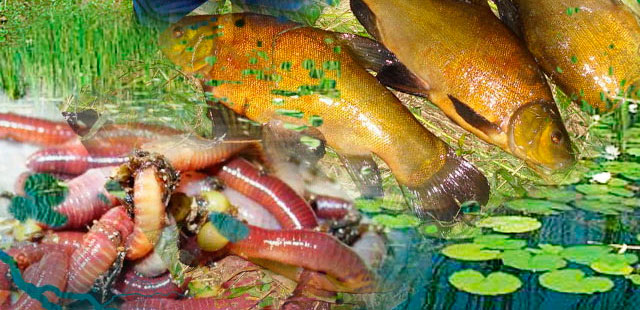
Tench is a fish that at any time of the year (except winter) prefers dung worm to any other bait. If the worm is pierced in several places, then it will begin to emit its own, special aroma, which will certainly interest the tench. The same result can be obtained if parts of a worm chopped off at both ends are baited on the hook.
Tench does not mind eating red maggot, but white maggot attracts him a little, and sometimes he completely refuses it, but he can peck at pearl barley, various dough or corn. But this is most likely an exception, which happens very rarely.
Guide to fishing
- For greater efficiency, you need to decide on the place and start feeding tench with small portions of bait, consisting of corn, maggot and chopped worm. Tench will certainly feel the food and come to the place of fishing. Since fishing is carried out on a pond or lake, any suitable place is suitable for fishing, as long as nothing interferes with casting a fishing rod and playing a fish.
- In order for the tench to actively peck, you should throw the bait very accurately, without scattering it over the water area. You also need to cast the bait in the same way, otherwise good fishing will not work.
- The tackle should be thrown very accurately and carefully so as not to create noise, since the tench is a very cautious and shy fish.
- For fishing, it is necessary to use a rod that has a minimum weight, this is the only way to ensure accuracy when catching tench.
- To get the line neatly out of the water, you definitely need to use a special landing net. This will help to get rid of excess noise that will not scare away the fish.
Video about catching tench with a float rod
ŽVEJYBĖS LINČIUS PLŪDINĖMIS MEŠTELĖMIS – ŽVEJYBOS LINU YPATUMAI
Finding a reservoir in which this tasty fish is found can be a big problem. As mentioned above, tench may not live in every pond or lake. It will not be superfluous to get information from experienced anglers who know where and in what reservoir this or that fish is found.









